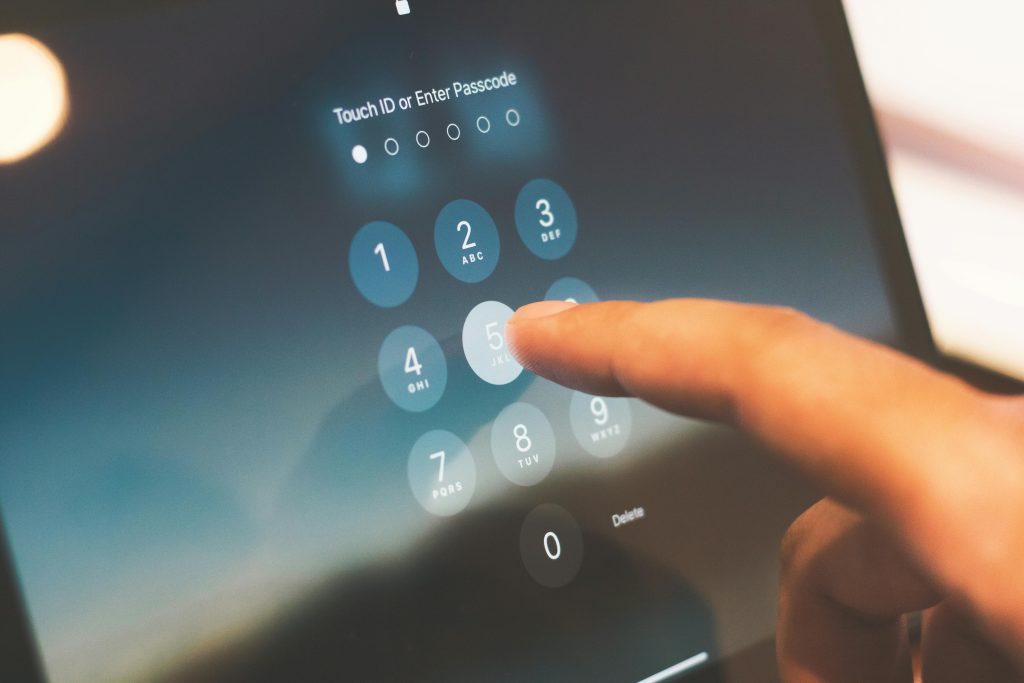Understanding the Risks of Sharing Your HAR File with Scammers
In today’s digital landscape, it’s not uncommon for individuals to fall prey to online scams, often without realizing the potential implications of their actions. A recent incident involving a user who inadvertently shared a HAR (HTTP Archive) file with a scammer serves as a cautionary tale about the risks associated with this type of data.
What Happened?
The user, attempting to troubleshoot an issue, was misled into believing that creating a HAR file was a standard procedure. This involved navigating to the browser’s developer tools, accessing the network tab, and exporting the data as a HAR file. Unbeknownst to the user, the HAR file can contain sensitive information, including cookies, session tokens, and other data that could be exploited by malicious actors.
After sharing the file, the scammer attempted to access the user’s online accounts. Fortunately, two-factor authentication (2FA) acted as a safeguard, preventing unauthorized access. However, the user remained anxious about what information the scammer might have gathered from the HAR file.
What Information is at Risk?
HAR files can include various types of data that may be vulnerable:
- Cookies: These can store session information, which if compromised, can allow someone to log into your accounts without the need for credentials.
- Request and Response Headers: These may include details about your login attempts, including the URLs accessed and any additional parameters that were sent.
- Network Activity: The HAR file captures all network requests made by the browser during the session, which could potentially reveal sensitive information such as API tokens or personal data if it was transferred in plaintext.
Despite the user indicating a narrow focus on potentially compromised accounts, the truth is that the scope of what a scammer can do with a HAR file is broad. If other tabs or sessions were open during the time the file was generated, additional sensitive information could indeed be at risk.
Taking Action: What to Do Next
If you’ve accidentally sent a HAR file, it’s crucial to take immediate steps to mitigate any potential damage:
1. Change Passwords: As soon as you recognize the mistake, update the passwords for the affected accounts. It’s wise to use a password manager to create strong, unique passwords.
2. Enable Two-Factor Authentication: If you haven’t already, ensure 2FA is activated for your accounts. This can significantly enhance security.
3. Monitor Your Accounts:
Share this content:



